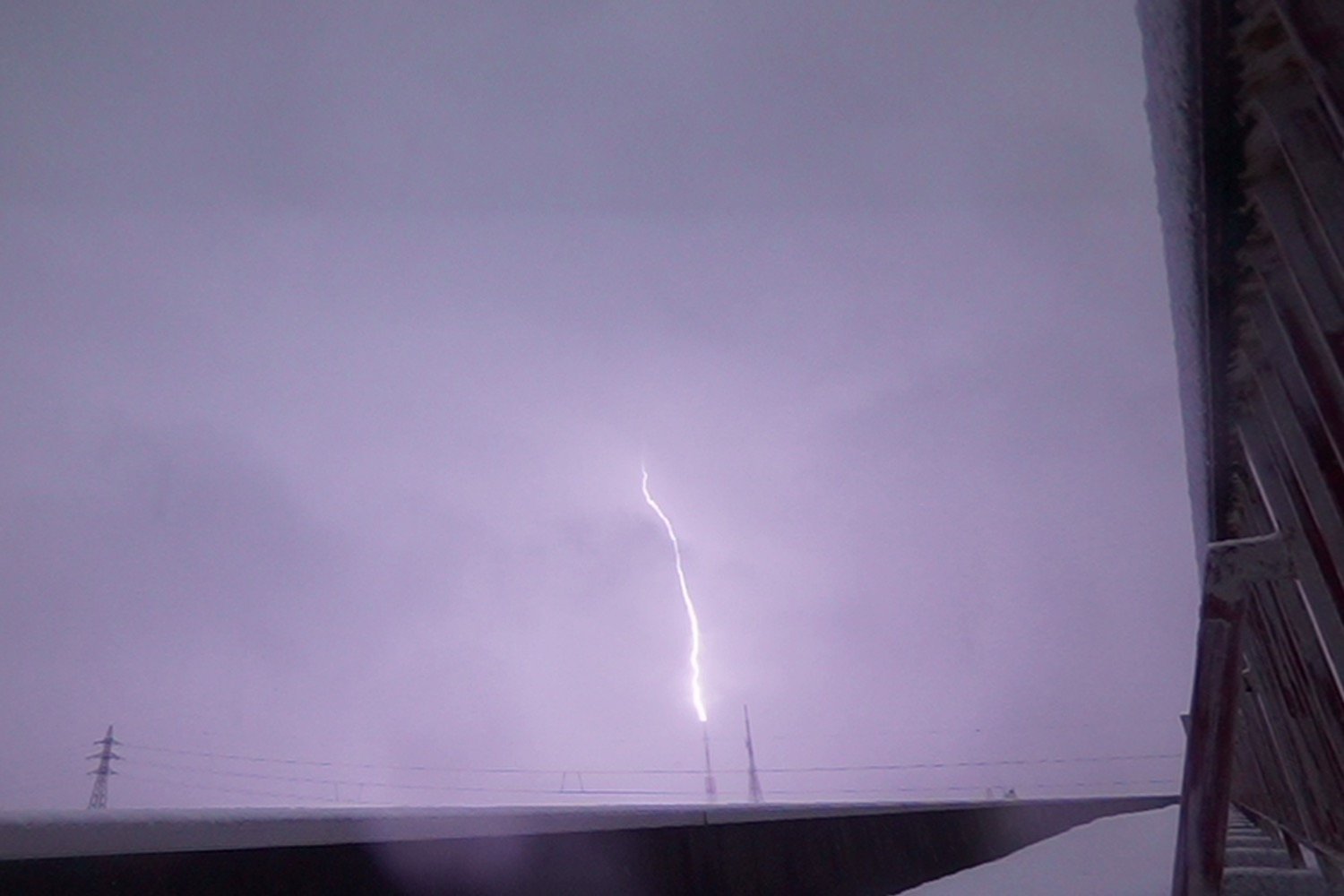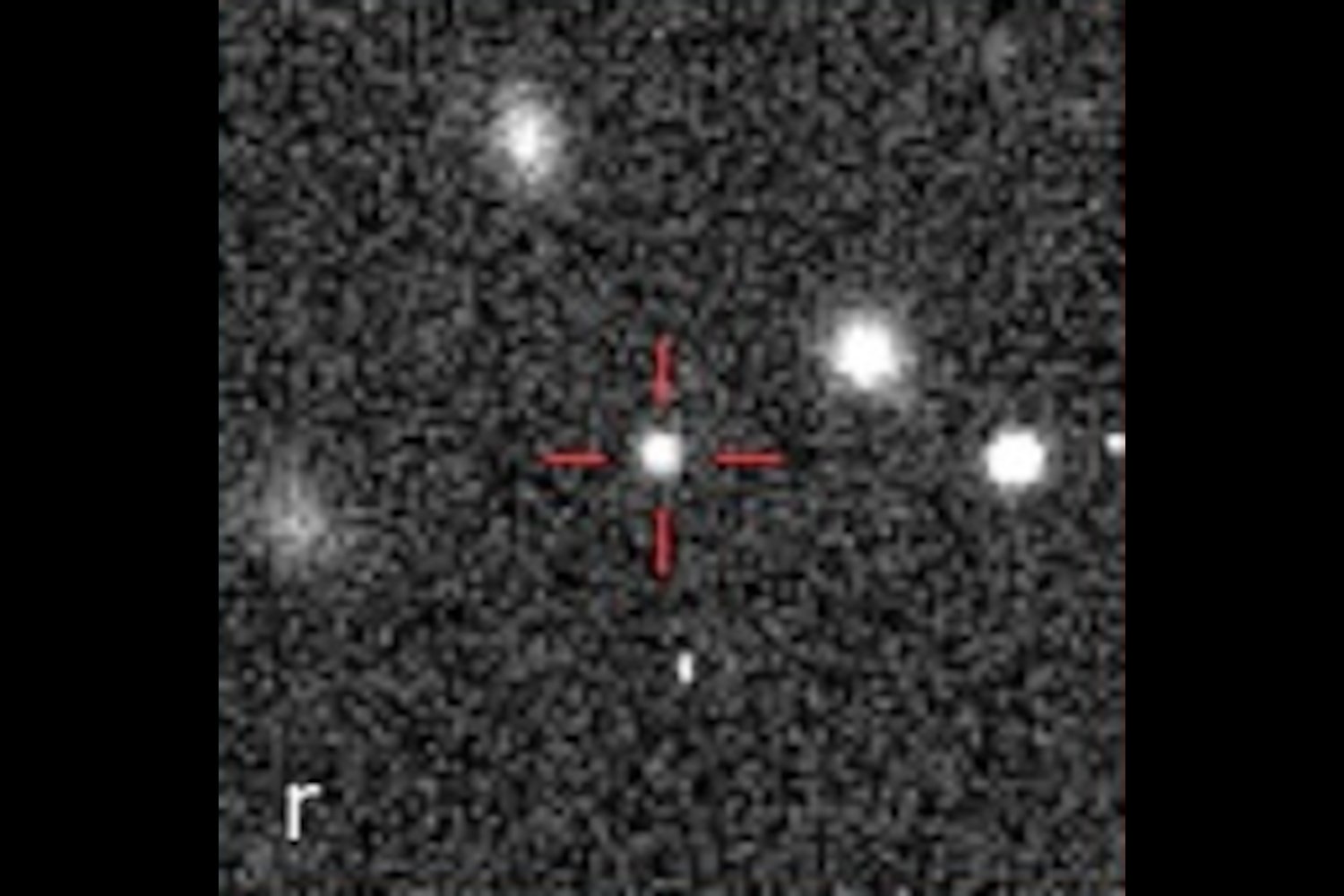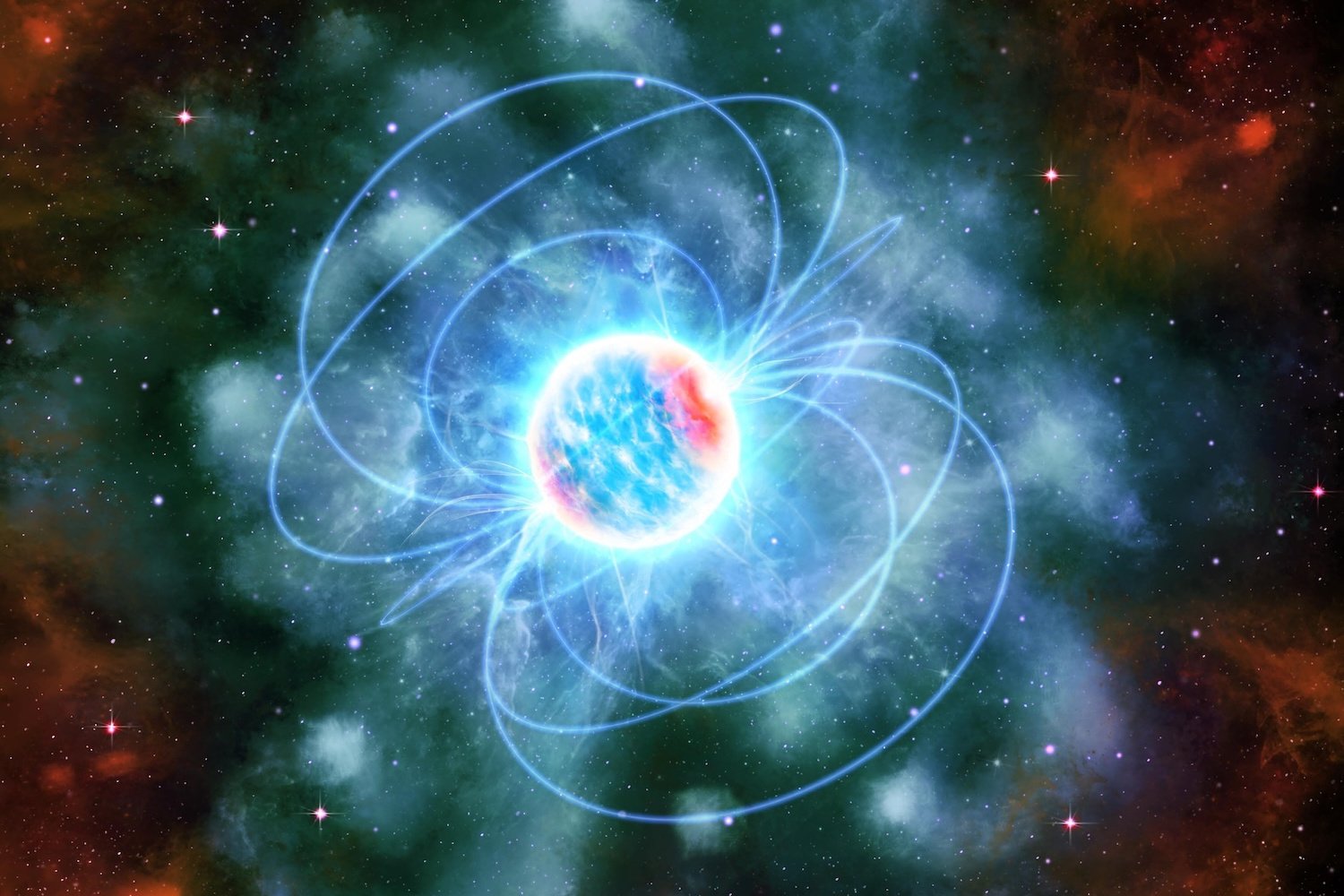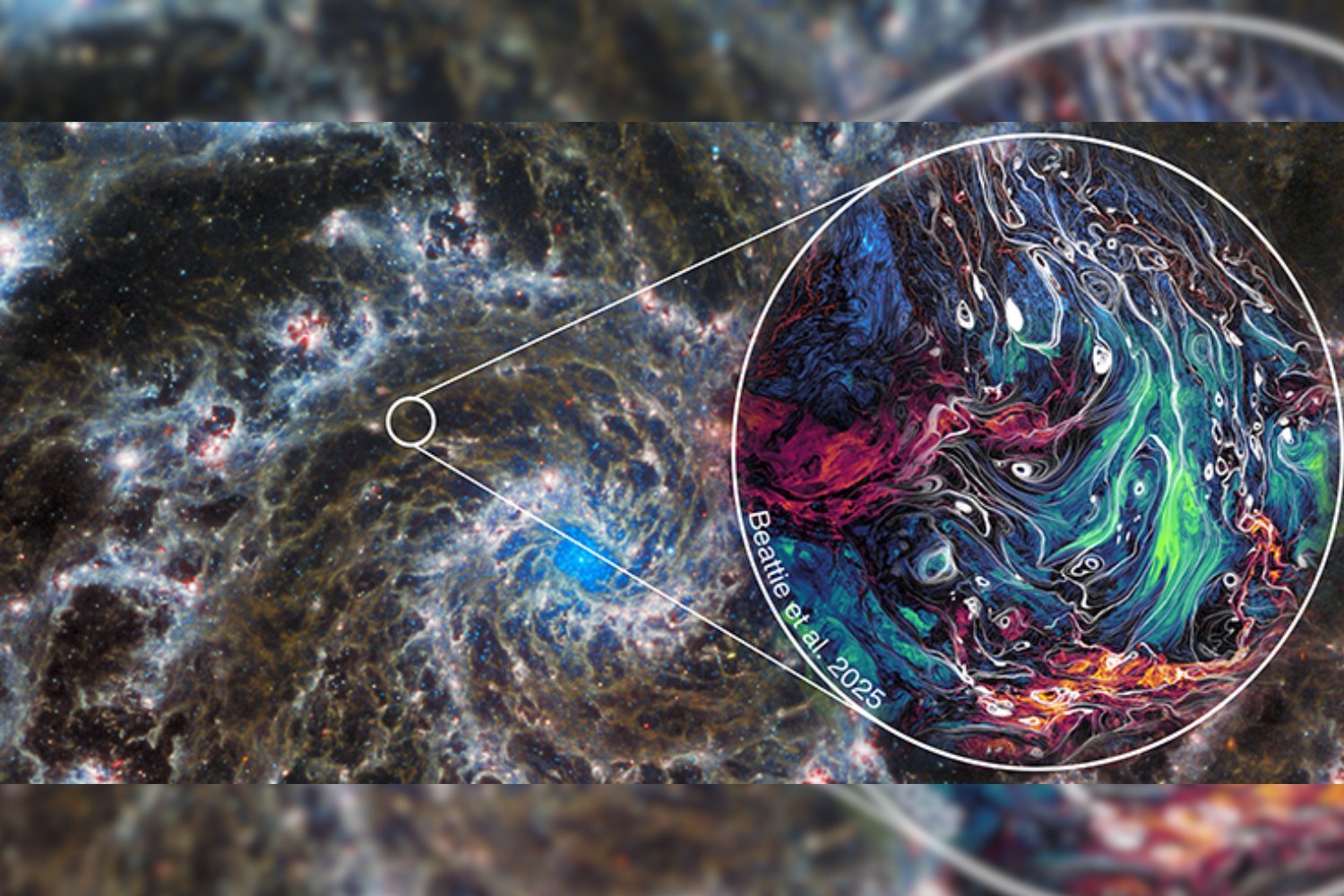Scientists have achieved a significant breakthrough, capturing for the first time detailed ground-based observations of lightning unleashing a terrestrial gamma-ray flash (TGF). This pioneering research, led by a team from the University of Osaka, offers an unprecedented view of this powerful natural event. Published in Science Advances, the study advances our understanding of how thunderstorms can generate high-energy radiation, typically associated with cosmic phenomena like black holes.
Unveiling the Moment of a Gamma-Ray Flash
Utilizing a cutting-edge multi-sensor system in Kanazawa City, Japan, the University of Osaka team observed a lightning discharge that uniquely split between two paths. One descended from a thundercloud, while the other arced upwards from a ground-based transmission tower. Critically, scientists found that a gamma-ray flash occurred just 31 microseconds before these two discharges met in the air. “Most TGFs have been detected by satellites, but spaceborne observations can provide limited information,” explained lead author Yuuki Wada, a researcher at the University of Osaka, in an email to maagx.com. “In this research, we performed a ground-based observation to see TGFs in detail.”
The Enduring Mystery of Terrestrial Gamma-Ray Flashes
Terrestrial gamma-ray flashes (TGFs) were first detected from space in the 1990s. Despite more than two decades of research, their exact origin has remained elusive. Last year, significant findings published in Nature revealed gamma-ray “glows” and flickering flashes during tropical thunderstorms, which scientists recorded by flying a retrofitted spy plane directly into storm systems. That research hinted at a wider family of radiation events lurking inside thunderclouds, with TGFs representing some of the briefest and most intense bursts. While those plane-based observations revealed where and when TGFs generally occur, the Osaka team’s new setup reveals the specific conditions under which they form.
Pinpointing the Source of Lightning’s High Energy
The gamma-ray burst observed by the Osaka team appeared just before the two lightning leaders collided. This timing indicates that a supercharged electric field accelerated electrons to near light speed, producing the energetic event. “The recent Nature papers are based on airborne observations,” Wada said. “They are also very interesting, but ground-based observations can be achieved much less expensively.”
Unlike the weaker “flickering gamma-ray flashes” recently discovered in tropical skies, this TGF was tightly synchronized with a lightning strike. While previous papers provided a sweeping overview of how many gamma-ray events occur in a given tropical thunderstorm, the recent Science Advances paper scrutinized one particular event to understand how lightning produces enough energy to generate gamma rays.
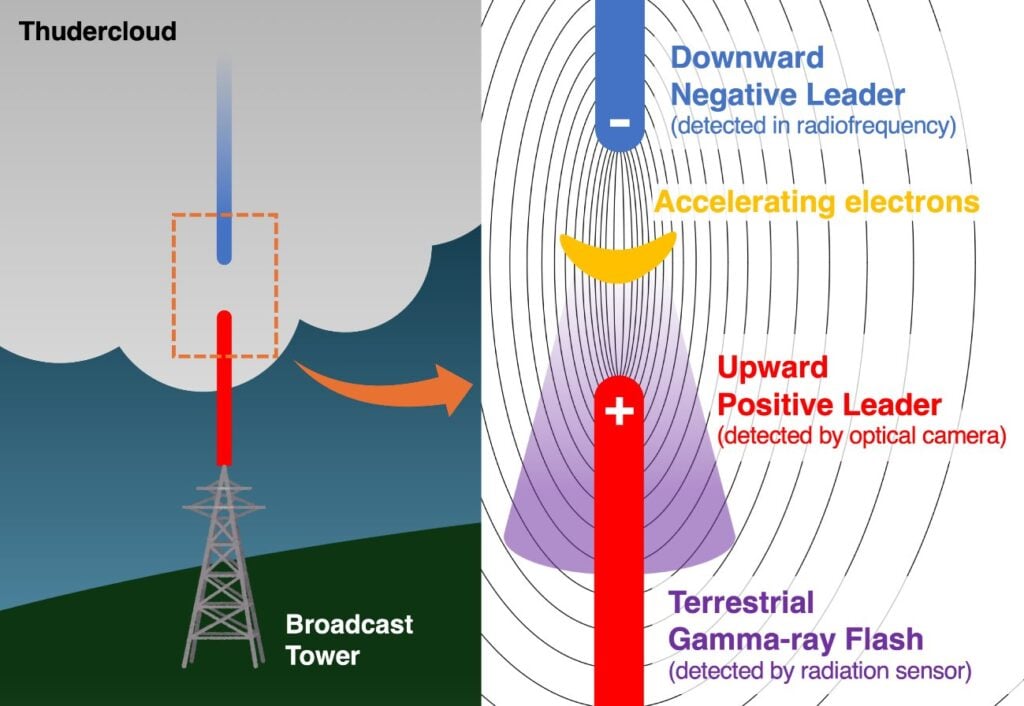 Schematic diagram illustrating a downward terrestrial gamma-ray flash (TGF) produced during a lightning discharge event.
Schematic diagram illustrating a downward terrestrial gamma-ray flash (TGF) produced during a lightning discharge event.
“The multi-sensor observations performed here are a world-first; although some mysteries remain, this technique has brought us closer to understanding the mechanism of these fascinating radiation bursts,” said co-author Harufumi Tsuchiya, a researcher at the Japan Atomic Energy Agency, in a University of Osaka release.
This groundbreaking research into terrestrial gamma-ray flashes significantly advances our ability to study one of Earth’s most powerful natural phenomena. Understanding TGFs helps illuminate the complex physics within thunderstorms, revealing that lightning’s power extends to producing radiation akin to that from extreme cosmic events. The recent study underscores that there is still much to learn about the high-energy processes occurring in our own atmosphere.



